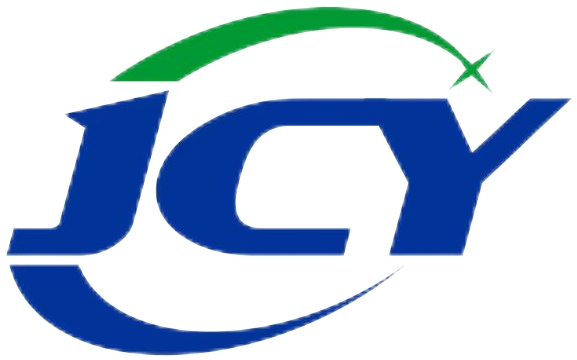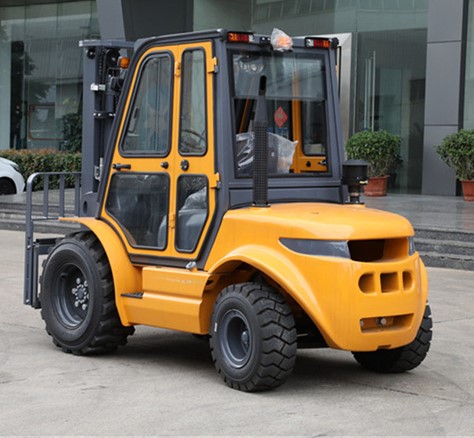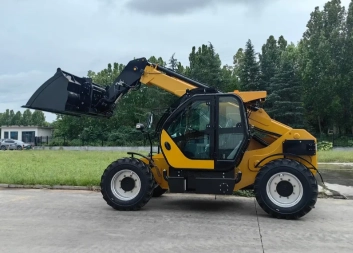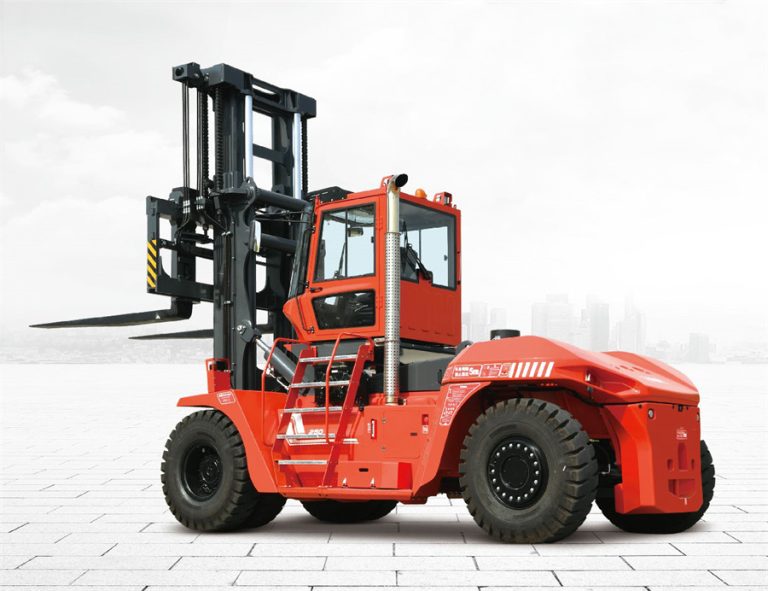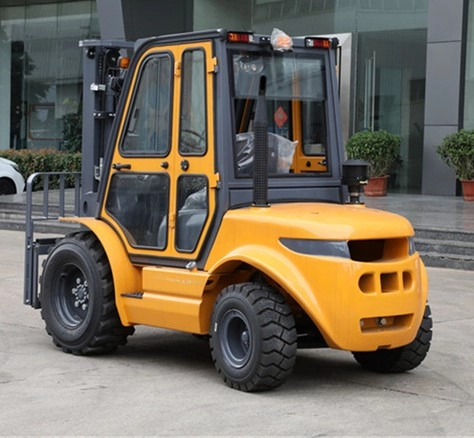
Ever been stuck on a sloppy construction site, watching a regular forklift struggle and spin its tires? It’s annoying, isn’t it? That’s where rough terrain forklifts step in. They’re tough machines built for uneven ground, gravel, or steep hills. If you’re looking for the best rough terrain forklift, you likely deal with outdoor jobs needing real strength and dependability. This guide shows what makes these forklifts special, how to pick the right one, and where to look without all the fuss.
Why Rough Terrain Forklifts Are a Must for Hard Jobs
Rough terrain forklifts aren’t just upgraded warehouse tools. They’re crafted for spots where flat surfaces are rare. Picture construction areas with loose dirt, farms moving hay over bumpy fields, or lumber yards on wet, rough trails. These forklifts often have big tires with deep grips, extra height off the ground, and strong engines that keep going when others stop.
I’ve heard from site bosses who switched to these machines and saved tons of time. For example, on a rainy day at a build site, a normal forklift might slide around, risking loads or even tipping over. But a good rough terrain one holds firm like it’s stuck to the ground. They usually run on diesel for that extra push, letting you lift heavy brick stacks or gear without trouble. And 4WD options? They’re a lifesaver on hills steeper than 15 degrees, common in rugged areas.
Standout Features of Top Rough Terrain Forklifts
When hunting for the best rough terrain forklift, focus on features that handle real-world challenges. It’s not about fancy extras; it’s about steady performance every day.
- Engine Strength and Pull: Seek diesel engines with solid pull at low speeds. This means easy moves up slopes without overworking. A unit with about 50-70 horsepower can lift up to 3.5 tons smoothly, even on gravel.
- Drive Choices: 2WD works fine for lighter tasks on steady ground, but 4WD shines for tough off-road spots. It sends power to all wheels, stopping slips in mud or sand. Imagine hauling logs up a forest hill—4WD makes it happen without getting bogged down.
- Tires and Ride: Oversized air-filled tires with tough treads give grip and soak up jolts. A sturdy ride system smooths out bumps, cutting wear on the frame and keeping the driver comfy on long shifts.
- Lift Power and Reach: Capacities from 3 to 3.5 tons are typical for mid-sized models, with lift heights up to 15 feet. This lets you stack materials high while staying stable.
- Tough Build: Reinforced frames and sealed parts resist dust, rain, and harsh weather. Some even have coatings to fight rust for coastal jobs.
Here’s a simple table to compare what top rough terrain forklifts offer:
| Feature | Why It Helps | Example Specs |
|---|---|---|
| Engine Type | Gives steady power in rough spots | Diesel, 4-cylinder, 50-70 HP |
| Drive Options | Handles different terrains | 2WD for flat, 4WD for rugged |
| Load Capacity | Decides what you can lift | 3-3.5 tons |
| Ground Clearance | Avoids snags on obstacles | 12-15 inches |
| Safety Features | Prevents accidents on uneven ground | Stability sensors, backup alarms |
These aren’t just numbers—they mean fewer breakdowns and safer work. A buddy in construction once skipped good tires and replaced them twice in a year. Lesson? Cutting corners here costs more later.
Real Benefits of Rough Terrain Forklifts on the Job
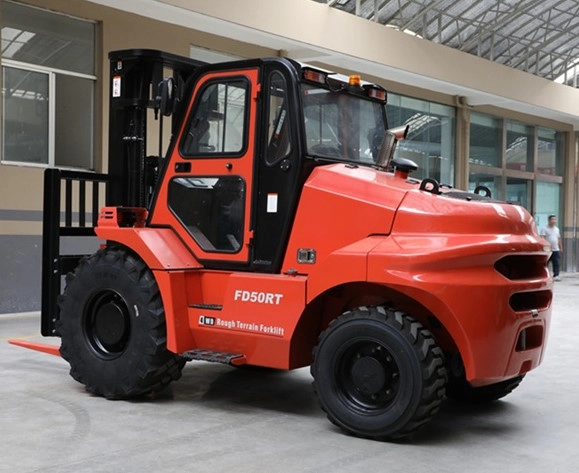
Switching to a rough terrain forklift can change how you tackle outdoor tasks. Take a busy construction site: workers need to move rebar bundles across soft soil after a storm. A regular forklift might sink, slowing everyone down. But with a rough terrain model, you keep moving, lifting and placing loads just right without delays.
In farming, these forklifts excel at loading feed or gear onto trucks over rutted paths. One farmer I know boosted his work speed by 30% after trading an old 2WD for a 4WD version—less time stuck means more done. And in industrial yards with heavy pipes or machines, the strong pull handles slopes that stop weaker units.
Sure, they use more fuel than electric ones, but for 10-hour outdoor shifts, a quick refill beats waiting hours to recharge. Their solid build also cuts repair costs over time. It’s not flawless, though—noise can be loud, so ear protection is a must on busy sites. Still, the flexibility pays off big.
How to Pick the Right Rough Terrain Forklift
Finding the best rough terrain forklift means matching it to your needs. Start by checking your site: Is it mostly flat with some rough spots, or all off-road? For easier ground, a 2WD 3-ton model might do, saving money upfront. But for steep or slippery areas, go with 4WD every time.
Think about weight too. If you often move 3 tons of gravel or wood, pick at least 3.5 tons to avoid strain. Fuel use matters; look for engines with newer systems that save diesel without losing power.
Don’t skip driver comfort. Adjustable seats, clear views, and easy controls reduce tiredness, leading to fewer mistakes. Always check for safety extras like non-slip steps or auto braking on slopes.
Expect to spend $30,000 to $50,000 for a solid mid-range unit, but consider long-term savings from durability. Test it out if you can—feeling how it handles your ground beats guessing. Oh, and if your area has strict pollution rules, make sure it meets them to avoid trouble later.
JinChengYu FORKLIFT as a Solid Rough Terrain Forklift Supplier
When you need these machines, JinChengYu FORKLIFT stands out as a reliable choice with a strong history in handling gear. Located in Qingdao, China, they’re known for tough, dependable equipment tailored for worldwide use. Their rough terrain forklifts, like the 3-3.5 ton 2WD/4WD types, offer high ground clearance, powerful diesel engines, and sturdy designs for demanding outdoor work. With a focus on quality parts and quick support, they provide sales, rentals, and spares, keeping your operations smooth. Browse their offerings for options that fit real jobs, backed by a network ready to help wherever you are.
Wrapping Up
To sum it up, finding the best rough terrain forklift isn’t about following trends—it’s about choosing a machine that powers through your toughest days. Whether you’re on a crowded construction site or a quiet farm, the right one boosts safety, cuts delays, and handles loads with ease. If you value reliability and performance, checking out trusted suppliers like JinChengYu can lead you to what works.
Questions and Answers
What should I think about when looking for the best rough terrain forklift for building sites?
Key points include lift power (aim for at least 3 tons for heavy stuff), drive type (4WD for uneven spots), and features like extra ground height to dodge obstacles. Also, consider fuel use for long days and safety add-ons to protect your crew.
Where can I find the best rough terrain forklift with 4WD choices?
Check out suppliers who focus on durable outdoor gear, like those with models featuring strong tires and lively engines. Online sections often show 2WD/4WD options suited for hills and mud, helping you find the right fit.
How does a rough terrain forklift differ from regular ones, and where to find the best for outside work?
Rough terrain models beat regular ones in grip and steadiness on rough ground. To find the best, look at suppliers with proven tough lines, checking real-world stories from farms or yards.
What upkeep tips keep the best rough terrain forklift running well?
Regular checks on tires, fluid systems, and engine filters stop breakdowns. For outdoor units, wipe off mud daily and service every 200 hours. Good suppliers offer parts and tips to stretch its life.
Is a diesel-powered rough terrain forklift worth it, and where to find the best models?
Yes, for their pull and runtime in tough spots. Find the best by exploring sections from well-known makers, ensuring specs like 3.5-ton lift match your tasks for the best value.
